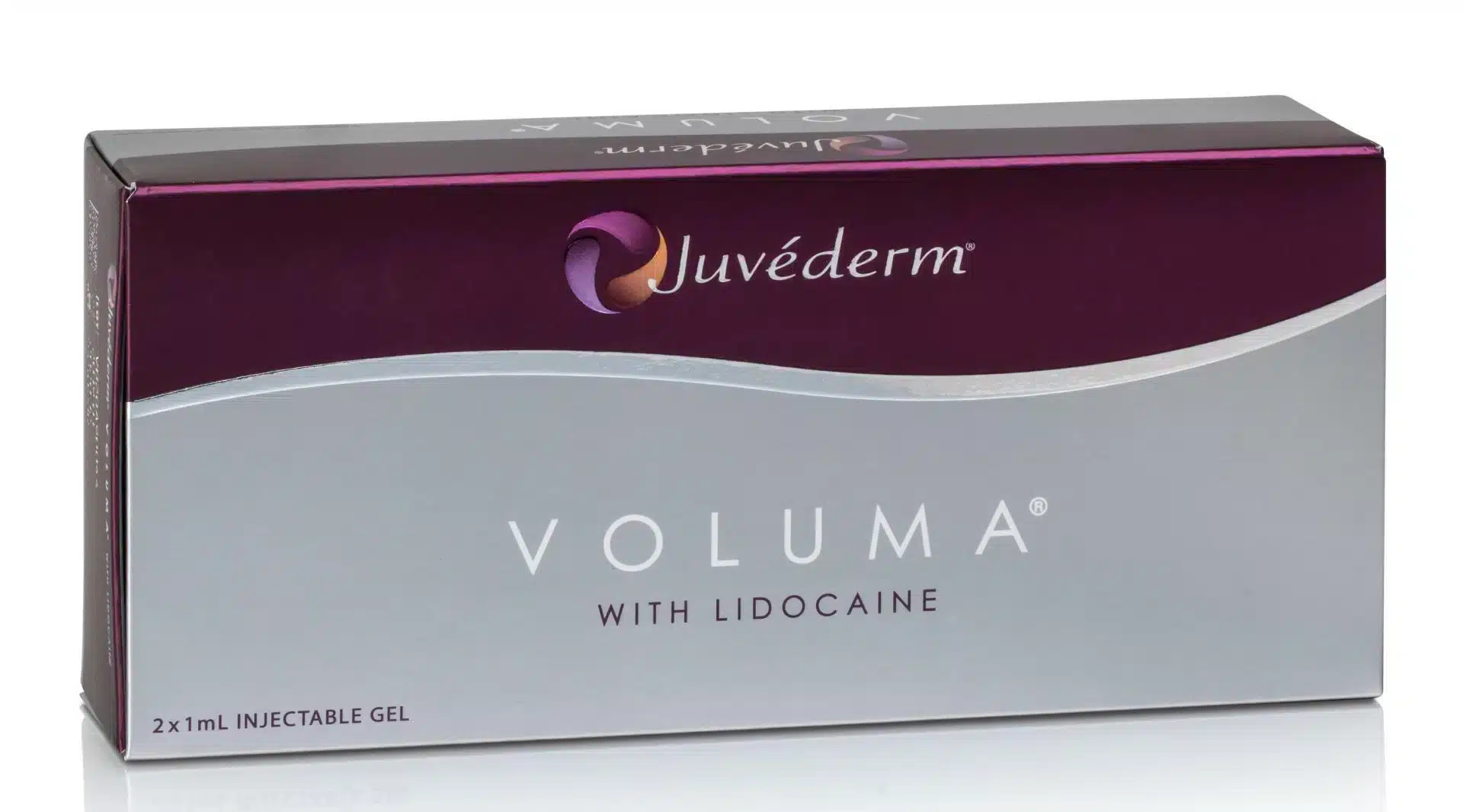Combining HA and PMMA for Penile Enhancement
Penile enhancement procedures are increasingly common for men seeking not only a boost in confidence but also satisfaction with their physical appearance. Hyaluronic acids (HA), like Voluma or Volux have been a popular choice due to their safety profile and non-permanent results, providing an opportunity for individuals to “test-drive” enhancements before committing to more permanent solutions. However, a question frequently arises in consultations: Can patients who have had a satisfying experience with HA fillers transition to polymethyl methacrylate (PMMA) for a more enduring result? Before diving into the compatibility of HA and PMMA, let’s explore what each substance offers:
Hyaluronic Acid (HA)
Hyaluronic acid is a naturally occurring substance in the body, it surrounds collagen and provides elasticity. In penile enhancement, HA fillers are favored for their natural feel and the ability to be absorbed by the body over time. This impermanence is a double-edged sword; while it allows for excellent penile girth enhancement and the ability to reverse effects, it also necessitates repeated treatments to maintain results.
Polymethyl Methacrylate (PMMA)
PMMA is a synthetic, biocompatible substance that, once injected, provides a semi-permanent to permanent solution to enhancement. It’s a popular choice for those seeking long-lasting results without the need for repeated procedures. PMMA’s permanence stems from its ability to stimulate collagen production, creating lasting volume.
Can HA and PMMA Be Used Together?
The scenario is common: a patient tries HA and is thrilled with the results, and now, buoyed by their positive experience, they seek a more permanent option with PMMA. Is this transition feasible? The short answer is yes.
Some doctors suggest it is problematic and want you to dissolve all your HA before proceeding with PMMA. Their concerns are as follows:
- Risk of Complications:
They argue that the presence of HA might interfere with the PMMA integration process, potentially leading to unevenness, granulomas (inflammatory reactions), or even more severe complications due to the unpredictable interactions between the two substances.
Response:
There is no inherent reaction between HA and PMMA that would preclude their sequential use. The compatibility and safety of using PMMA (polymethyl methacrylate) after HA (hyaluronic acid) fillers in penile enhancement treatments are based on several key anatomical and biochemical principles. It is important to remember that hyaluronic acid is a naturally occurring in the skin’s dermal matrix. It plays a critical role in maintaining skin hydration, elasticity, and volume. When PMMA fillers are injected into the dermal or subdermal layers where natural HA resides, they typically do not provoke adverse reactions. This is because PMMA microspheres are designed to be biocompatible and, when used correctly, should not interact negatively with HA or other dermal constituents. Injecting PMMA in areas previously treated with HA-based fillers should theoretically be as safe as injecting it into the untreated dermis, which already contains HA. The key is the technique used during the procedure.
- Unpredictable Outcomes:
The unpredictability of outcomes when layering these fillers is a concern. HA fillers are known for their temporary and reversible nature, whereas PMMA provides a more permanent solution. The concern is that the temporary HA filler could alter how the PMMA settles, potentially leading to asymmetry or dissatisfaction with the aesthetic outcome.
Response:
The injector must employ precision when injecting PMMA to ensure the microspheres are evenly distributed and to avoid the formation of granulomas or nodules just as they would when injecting into a penis with no HA. A thorough understanding of the various tissue layers and the existing HA filler placement is essential. PMMA should be carefully injected to avoid disrupting the uniformity created by the HA fillers. Although, individual tissue responses can vary, a history of well-tolerated HA filler injections usually indicates a favorable environment for PMMA.
- Difficulty in Reversal:
HA fillers can be easily dissolved with hyaluronidase, allowing for adjustments or reversal of the effects if necessary. The introduction of PMMA into an area already treated with HA without dissolving it first could complicate or even prevent the reversal process, should the need arise.
Response:
The inability to reverse PMMA exists whether HA is present or not and injecting PMMA does not limit the reversibility of the existing HA.
- Gradual Transition:
Some practitioners advocate for a gradual transition from HA to PMMA, allowing the HA to partially metabolize naturally over time. This approach can provide a smoother transition and reduce the risk of complications associated with immediate layering.
Response:
I fully agree with this. If you are at a size you are happy with why not just slowly replace your HA with PMMA over time. It allows you to have more precise placement of the PMMA.
- Time Interval:
It’s sometimes advised to allow sometime between the HA filler dissipation and the PMMA injections. This gap can help the practitioner assess the natural anatomy of the penis without the influence of the HA filler.
Response:
This not necessary if the original HA filler was well placed and has been well integrated into the tissue. This might be desired however if the original HA was poorly placed.
Why Not Dissolve the Existing HA?
Dissolving HA is not cheap, hyaluronidase is expensive, and a significant amount is needed for full reversal. Why incur this expense if it is not needed. Also why reverse the gains that you have already paid for? Dissolving the existing HA just seems like an unnecessary expense.
Conclusion
From a biochemical standpoint, there’s no reason to expect that PMMA cannot be safely injected into areas where HA fillers have been previously placed. However, the safety and success of such procedures depend largely on the skill and experience of the practitioner, patient selection, and adherence to best practices for injectable treatments.
Through my clinical experience, I have found that both hyaluronic acid (HA) and polymethylmethacrylate (PMMA) fillers can be safely employed for penile augmentation, whether they are used together or in a sequential approach, to meet the preferences and objectives of my patients. While each type of filler has distinct characteristics that might make one more suitable than the other depending on individual circumstances, there are no intrinsic contraindications to using them in a sequential manner. This flexibility allows for a customized treatment plan that can evolve over time to align with the changing desires or satisfaction levels of the patient.
The journey to a more confident you starts with one decision. And if you think dermal penis fillers might be that choice, why wait? If you’re on the fence or have questions brewing, remember: We at GetMoreGirth are always here to help. If you have any concerns, don’t hesitate to reach out to us at GetMoreGirth – we’re here to make you your best!



